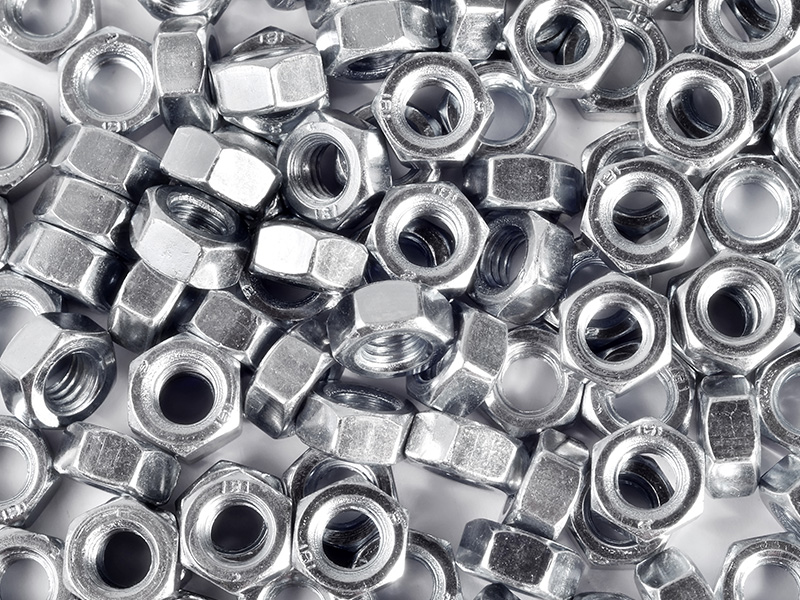
Plating is an industrial method where a thin layer of metal is put on the surface of another material, usually metal or plastic, to improve its characteristics. Such operations are of crucial importance in many industries for example automotive, electronics, aerospace and domestic equipment in order to increase longevity, resist corrosion and attract attention. In this article, we will consider what plating is, how it functions, and what its importance is in modern day manufacturing.

What Is Plating?
Plating is applied to a conductive surface in the form of a metal cover to the surface by chemical, electrochemical or physical application methods. The basic idea is to improve some surface characteristics such as abrasive and oxidizable limits and coat it with metal to look better. The commonly plated metals are the gold, silver, copper, nickel, and chromium.
Types of Plating Processes
There are many forms of plating processes as each of them serves its particular purpose. Here are the most commonly used ones:
Electroplating
Electroplating is a process that involves deposition of metallic substrates using Metals in the form of complex electrocoating bath mavage. This process involves the use of an electric current in order to precipitate the deposited metal from an electrolyte solution. Such technique is mostly applied for nickel and chrome plating that are required to increase hardness, gloss, and anticorrosion.
In contrast to electroplating, in electroless plating, an electric current is not utilized. Rather, it employs a chemical process to allow the deposition of the metal instead. It allows for even coverage and hence, it is preferred in engineering as well as the electronics industries.
Physical Vapor Deposition (PVD)
The physical vapor deposition PVD is a process carried out under vacuum conditions where a metal is evaporated and condensed on the surface of the substance. It is utilized in places where the thin but tough coatings are needed; such as in the cutting tools making industries as well decorative coatings.
This is an operation in which the substrate commonly made of steel or iron is immersed in liquid zinc, producing a coating that is corrosive resistant. Here, the coating is most often applied, even for the fence posts or steel structures used outside.
How Does Plating Work?
There are several processes involved in plating and these processes differ in terms of method applied, however, the basic sequence of operations is similar. Here, electroplating is considered so therefore here’s the step by step process of electroplating.
Preparation
As the first step in the process, the substrate is cleaned and all traces of grease, dirt, or oxidation soil which could further hinder plating are cleaned off.
Immersion in Electrolyte
The object, which had been cleaned, is placed in a solution, commonly referred to as an electrolyte, which includes metal salts of the coating material. This is the main feature that enables the metal deposition.
Application of Electric Current
An electric current is passed into the picture, where the object functions as a negative terminal controlled by a cathode and a source of metal, also known as an anode, functioning as a positive pole. The current leads to the deposition of metal ions onto the surface of the object as a thin continuous layer.
Finishing
The object is removed from the bath after completing the plating process and it can be further treated by polishing, buffing, coating, etc, in order to enhance the level of surface finishing and protection of the item.
Overall, plating as an industrial operation is quite important as it allows the improvement of several materials, for instance, protection from rust, enhancement of surface quality, or making the part more reliable. In many areas of modern industries it is a very important and indispensable process whether through electroplating or electroless plating or plating by other means.
Manufacturers can make certain improvements to their methods and also guarantee that the devices remain operable and appealing to the eyes through the understanding of the plating process.